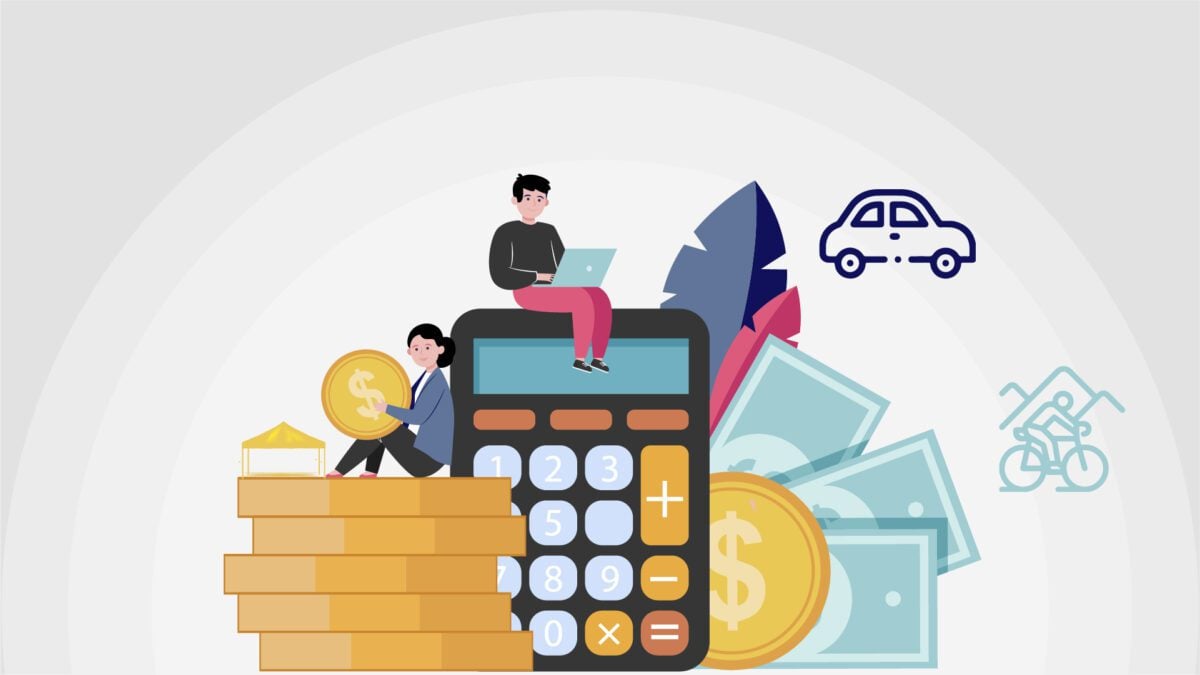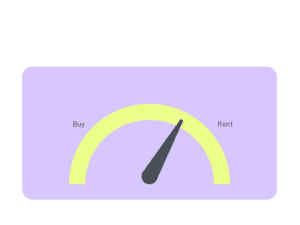Rental Equipment Costs
Searching for historical and current average rates is one of the first steps in developing a rental fee. Historical information on how prices have changed over time would be beneficial. Fortunately, this information is readily available online at manufacturer websites and second-hand marketplaces. It’s never been easier to determine the market value of an item of inventory.
With that knowledge, it is simple to decide if it is required to raise or cut equipment rates. If there isn’t enough information, think about requesting pricing and rules from other event and equipment rental businesses.
This may be a useful method for obtaining historical knowledge that is also pertinent to the sector. Additionally, it will give the opportunity to assess rates and coverage against local competitors.
Related For You: Financial Management Strategies
Calculate Per Day Equipment Costs
The next step is to calculate the daily cost after rental rates have been established. Depending on the location and type of service provided, the daily average cost of renting equipment might range from $100 to $150.
Moreover, the clients can estimate how much renting equipment will cost them with this number in mind. The fact that rental costs differ based on the kind of equipment utilized is an important factor to take into account.
Therefore, customers will request a more detailed price range if daily rates are provided so they can estimate how much it will cost them to hire equipment on an hourly or daily basis.
Price Comparison
The cost of renting equipment should be compared with that of competing brands from other local providers. You might have to charge less than competitors, depending on the location and type of equipment, to attract clients.
Without doing so, it will be challenging to determine the ideal rental rates that can draw clients and boost retention. Retail establishments frequently employ this tactic to highlight a certain brand or less expensive goods in an effort to boost consumer traffic and, ultimately, sales or rentals.
Included Bundle Equipment & Freebies
You could also add more things to your rentals without raising the price. When heavy-duty equipment is delivered to customers, freebies like batteries or chargers are included.
Additionally, you can offer discounts on packages (or “bundles”) of complementary items that provide a discount over the cost to rent each item individually. You can use the same approach to include incentives (like free or discounted delivery or training, for example, to make your offer more competitive and appealing to customers.
Incentives, Discounts, and Package Deals
If you want to further lower your rental costs, think about providing discounts and other rewards for making early reservations.
It would be ideal if you could book a specific piece of equipment about six months before you need it for a sizable event. This may be an effective strategy to lower your equipment’s average rental rates, which will help you keep your business profitable while retaining customers.
Mileage-Based Delivery Rates
Consider offering mileage-based prices if rental rates are not established based on how much it costs per day. Typically, the cost of equipment rental will be added on top of the cost of shipping, which can significantly raise the overall cost.
Moreover, this is one of the main arguments against renting equipment if you don’t have enough storage space. Large pieces of equipment that are rented out over long distances frequently have pricing structures like this.
Residual Value of Equipment
Putting value on the equipment is one of the most crucial aspects of determining rental fees. This is especially true for gear that is hired out for an extended period of time or that is kept after an event is over.
In order to avoid significant losses for the business, the equipment’s true value must be higher than the overall cost of renting it for a specific term.
Location of Rental Business
When choosing the optimal pricing strategy for your company, you should also consider the location of your rental store. Offer local rates that are less expensive than those at other stores in the city if you want to draw clients from a certain region.
This tactic will enable you to increase foot traffic, optimize profits (note: we didn’t say “maximize” profits, we said “optimize”0, and reduce any losses from lost clients as a result of excessive prices.
On the other hand, package discounts or bundled equipment may be your best option if you run a store in a busy downtown area with lots of foot traffic to avoid turning away potential consumers. These well-chosen bundles can boost sales and optimize earnings.
Breaking Even
The first thing you need to do is figure out how long you think it will take for your equipment investment to pay for itself.
Since you are renting your products nearly exclusively for profit once you break even, your ROI significantly increases with the exception of ongoing costs such as maintenance, insurance, staff, etc.
Return on Investment (ROI) Goals
You have two options for renting out your product: at the break-even price or at a price that maximizes profit.
Therefore, your entire rental price will probably be cheaper than that of your competitors if you only rent out your equipment at your break-even point, making it more appealing to clients.
However, it will take more rental days to make up for your initial investment. Additionally, there is no need to entirely undercut your rivals, even though a cheaper price is a wonderful way to entice potential clients to choose you.
While you are still in the break-even stage, you can layer in an ROI goal using the appropriate formulas.
Related For You: Boost Rental Return On Investment (ROI)
Adopt a Dynamic Solution to Put a Price on Your Rental Equipment
There isn’t a single way to choose the ideal rental equipment price. Every company offers a distinct range of goods, and every market demands a distinctive approach.
Do your research and choose what is best for you and your consumers. Test and learn, and talk with valued Customers about how they place a value on the equipment rentals you offer. You can make an informed decision and set pricing for your products once you have a thorough grasp of your company and the industry you serve.
Once you decide on a pricing structure, find a rental inventory booking system that supports your methodology. RentMy offers several pricing options (including fixed rental pricing, flat rental pricing (like $x per day or week), flexible rental pricing (like $x for the first week, and then $y each additional week) and even subscription (open-ended rental) pricing, which provides a one-stop rental management solution to boost the revenue of your rental business.
Wrap Up
When developing a consistent pricing policy for your sporting items, it is crucial to properly know how to price rental rates for equipment.
In other words, if you want to draw in more clients, you must think about the quality of your equipment and how that quality is reflected in your pricing strategy. Always remember that value-added services should be provided in order to compete with other businesses in the sector.





